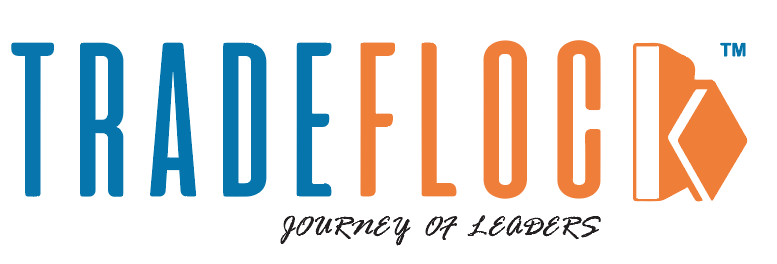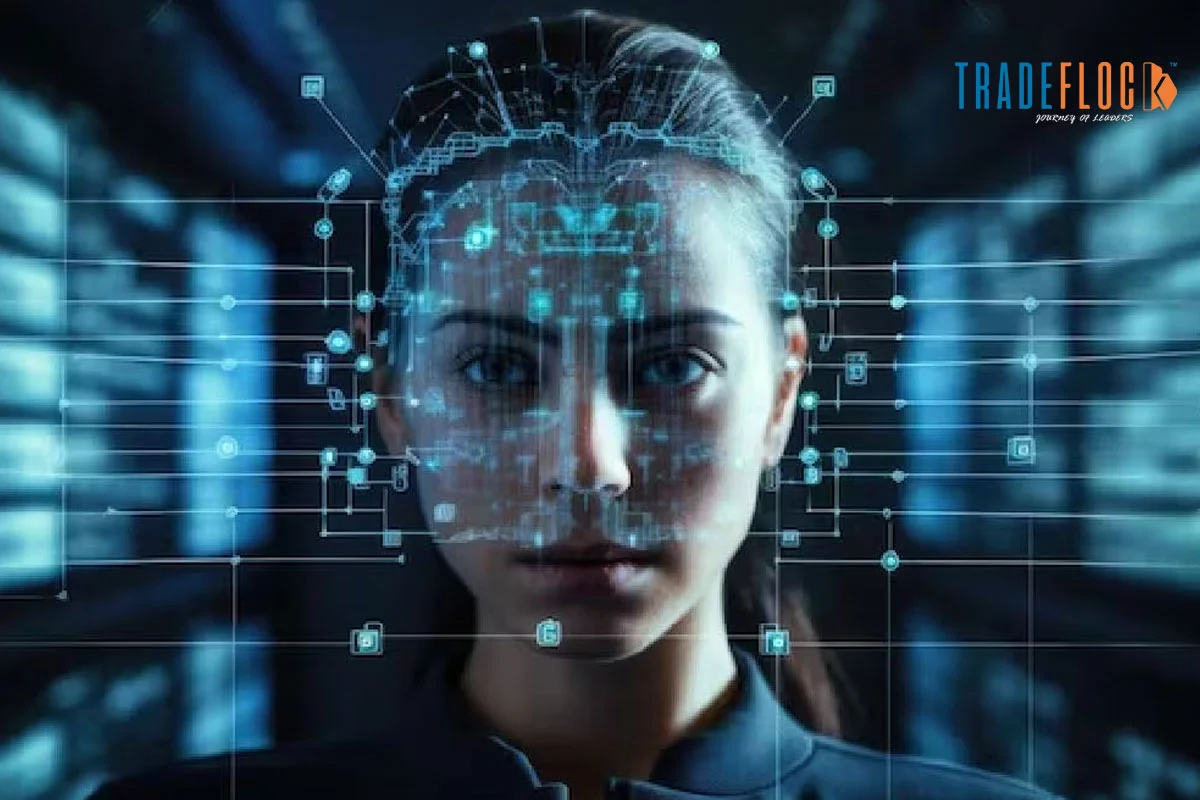In the world of increasingly digital manipulation, distinguishing between real and fake imagery has become a critical issue. Deepfake technology, or AI deep fakes, uses Artificial intelligence tools to fabricate audio, images, and videos, making it challenging to differentiate between reality and edited images. From Politicians to celebrities, AI deep fakes can swap the faces of any person to create images and visuals that look completely authentic. AI deep fake generators like DALL-E and Midjourney make it quite easy for people to use this technology without any prior editing knowledge or technical skills.
According to a report by Subsum, Deepfake fraud is on the rise in North America. In the U.S., instances increased from 0.2% to 2.6% between 2022 and Q1 2023; in Canada, they rose from 0.1% to 4.6%.
But the question is, how can you spot AI-generated deep fake images? While this trend continues to evolve, some of the smartest ways to spot these AI-generated deep fakes are:
Table of Contents
1. Inconsistent Facial Expressions and Movements
One of the primary signs to spot a deep fake image is inconsistent facial expressions or movements. You will see subtle glitches in such edited images, such as mismatched lip-syncing or unusual eye movements, which may indicate that their facial features have been manipulated.
2. Blurry or Pixelated Edges
The biggest problem with deep fake algorithms is that they fail to render detailed details, resulting in blurry or pixelated edges around the subject’s face. If you compare it with a real picture, you will notice thin lines at the edges that cover the overall image. However, if you pay close attention to the deep fake image edges, you will see distortion along their lines.
3. Unusual Lighting and Shadows
Deepfake generators like Midjouney or OpenAI Sora often struggle to replicate realistic lighting and shadows. Check for the brightness in the image carefully to see if it appears inconsistent, especially in the middle, as this could indicate that the image is digitally manipulated.
4. Lack of Focus Breathing
Since deepfake images are generated from still photographs or video frames, they may lack subtle movements like blinking or breathing that make the subject sound real. It could be a deep fake if you notice that the subject is completely still or frozen. Fake AI images usually lack these details, as seen in authentic artwork.
5. Too Blurry Background
Deepfake algorithms usually have an excessively blurry background. You will notice a lot of inconsistencies in the image’s background, such as completely blurred objects and surroundings, making your subject sound more realistic. If it looks too good to be true, it probably is a sign of fake AI imagery.
6. Reverse Image Search
You can use a reverse image search tool to see if the image or find similar images circulating elsewhere on the internet. Deepfake images are often reused with minimum editing and shared across multiple platforms. So, if you have any doubts about the image, you can use the reverse image search tool to determine its authenticity.
While deep fake technology presents new challenges in the fight against misinformation, several strategies can help spot AI-generated deep fake images. You need to stay updated on the signs of digital manipulation to help protect yourself and others from falling victim to deep AI fakes in the digital age.





